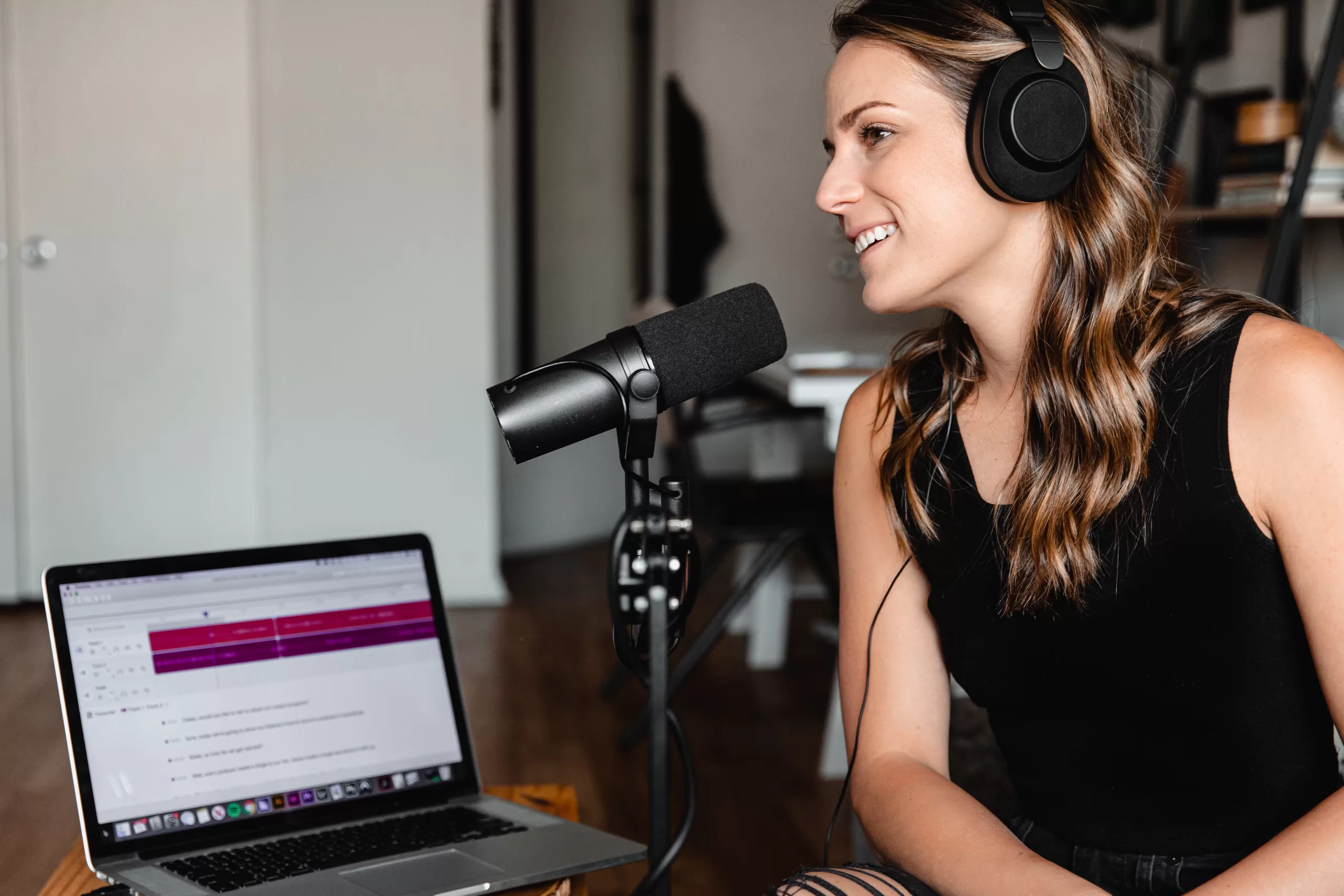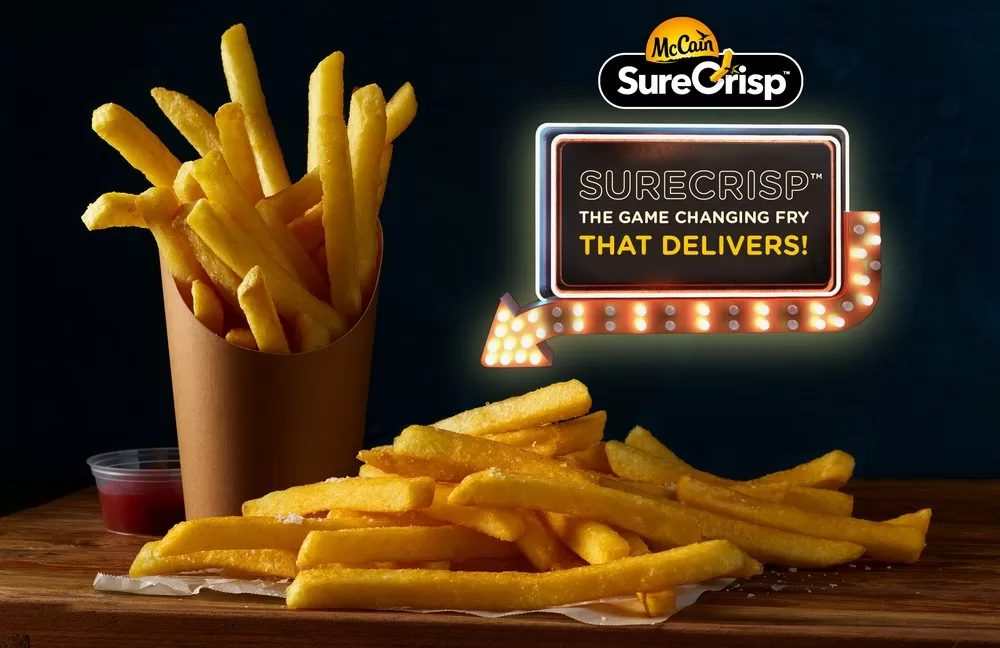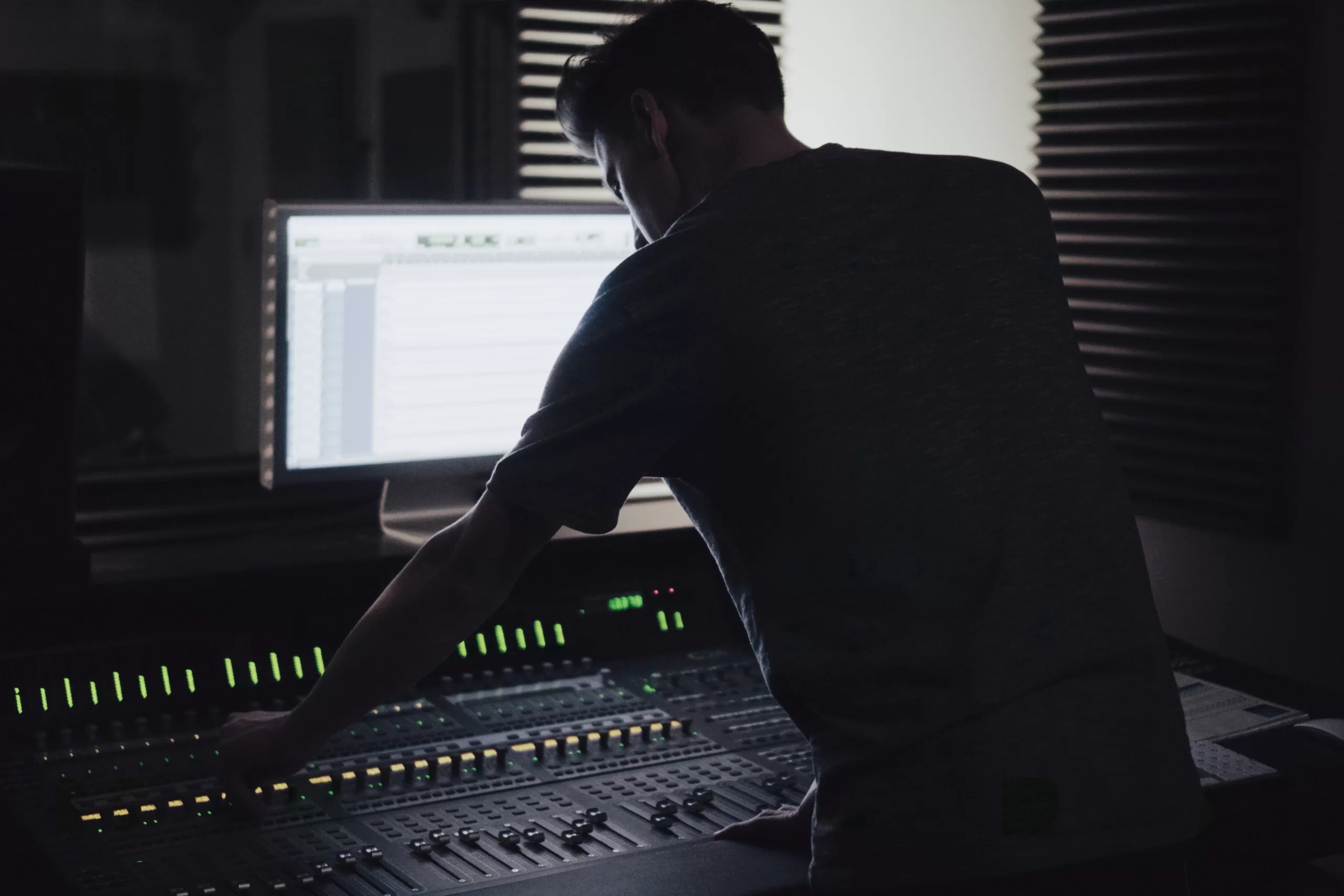As YouTube releases a podcast homepage and TikTok is rumored to be launching a new podcast app, it’s clear the medium is continuing to remain a top priority for media platforms.
However, young listeners are still attracted to visual media. So can the two mediums be successfully combined?
Today, podcast creators are seeing their fan bases grow via their video platforms. As a result, creators have begun investing in long and short form video content to drive further engagement on social media.
This phenomena was explored through a recent Voices podcast study, which found 57% of respondents said that YouTube was their preferred podcast listening app.
This new audience suggests there is an untapped audience for advertisers where visual podcasting can allow advertisers to integrate a logo, or product throughout the podcast.
So is this just another form of video, or is this a genuinely new market for advertisers?










